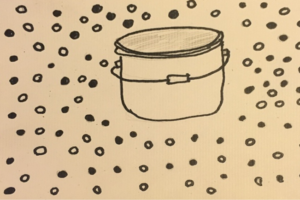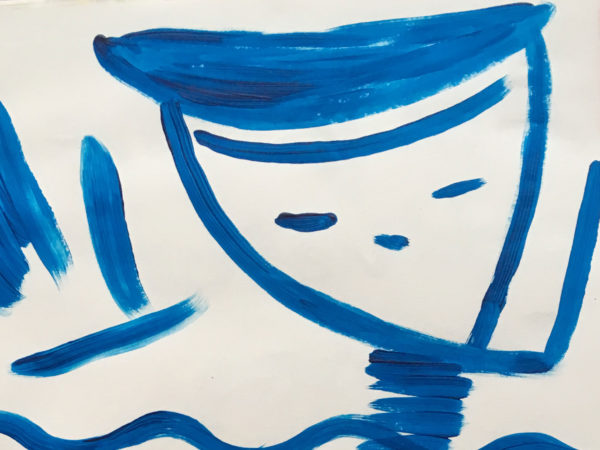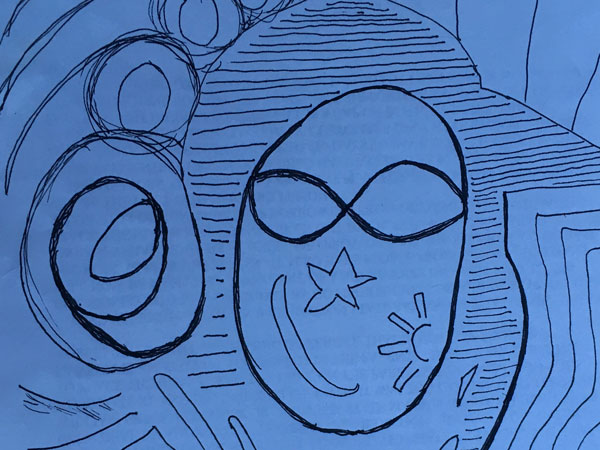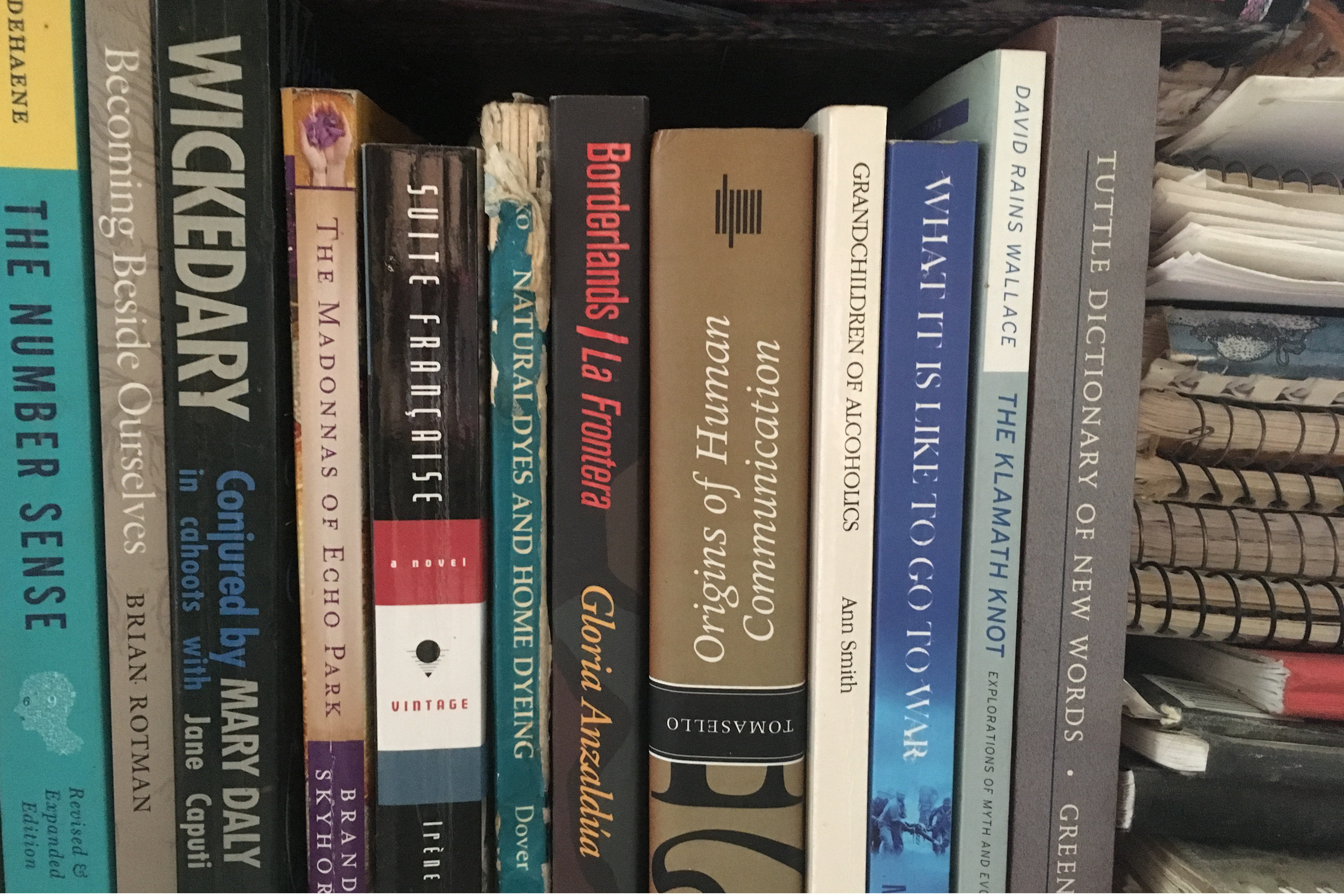 We use ideas about probability to predict what might happen.
We use ideas about probability to predict what might happen.
The coin flip, for instance, is a basic example of probability that most people are familiar with. Heads or tails. Fifty-fifty. Even-Steven. If you flip a fair coin many-many times, half the flips will come up heads and the other half will be tails.
It’s not hard to think this through. You see the coin. You see the possibilities. Each flip is going to return either heads or tails. Neither is more likely. Things will even out.
You can extend that type of reasoning to other situations. For instance, imagine a bucket with two black marbles and three white ones on the bottom. You will have a two-out-of-three chance of reaching in with your eyes closed and pulling out a black marble.
Sometimes a simple twist in simple situation makes predictions more complicated.
Here is something you can try with a real bucket and real marbles. You can do this alone or with a friend.
You’ll need two different colors of marbles. (If you don’t have marbles, you can use checkers, slips of paper, or anything that comes in two colors that you can’t tell apart when you touch them with your eyes closed.) You will need 99 of each color. (Maybe.)
You’ll also need some paper and pencil for keeping records. If you keep good records, you will have done a science project.
Begin with two marbles in the bucket, one black and one white. Without looking, pull one marble out. You’ll have a 50-50 chance of pulling out a black one, and a 50-50 chance of pulling out a white one, but after this, things will stop being so straightforward.
If the marble you pulled out is black, put two black marbles back in. If you pulled out a white marble, put two white marbles back in.
Now there are three marbles in the bucket. Record how many whites and how many blacks you have.
Once again, without looking, pull out a marble. Because two of the three marbles are the same color, the situation isn’t 50-50- anymore. Whatever color marble you pull out, put two marbles of that color back in. The bucket now contains four marbles. Record how many are black and how many are white.
If you kept on going until there were 100 marbles in the bucket, how many of the marbles do you think will be black and how many will be white? Write down your prediction.
Keep drawing marbles and putting back two of whichever color you pull out. When you have 10 marbles in the bucket, record the number of blacks and whites that you have. Do you stand by the prediction you made for the black/white count you’ll have when you reach 100 marbles? Change your prediction if you want to.
Continue drawing marbles and returning two of whichever color you pull out. Count and record the number of each color once you have 20 marbles in the bucket. Do you want to keep the same guess for how many blacks and whites you’ll end up with when there are 100 marbles in the bucket?
Count the colors again when you have 50 marbles. Write down the number of each color. Do you need to change your guess for the black/white count at 100 marbles?
Continue until you have 100 marbles, then count the colors one last time and record the number. Were you close to your guess?
Now dump out all the marbles and start over. Put one black one and one white one in the bucket and repeat the experiment. Does the same thing happen? (Probably not.) Will something different happen every time? (Sort of, but not exactly.)
Repeat this experiment until you are good at predicting how many of each color marble you’ll have when there are 100 marbles in the bucket. What do you have to know in order to make a good prediction?
What kinds of things will mess up your prediction and make you have to change it? Do you think you should stop and count the colors of the marbles more often?
What do you have to know to predict the colors when there are 1,000 marbles in the bucket? A million? A gazillion?
If you feel like thinking really hard, try the experiment with three colors of marbles, or four. Or more.
To do more research about probability, buckets and marbles, look up Polya’s Urn.




